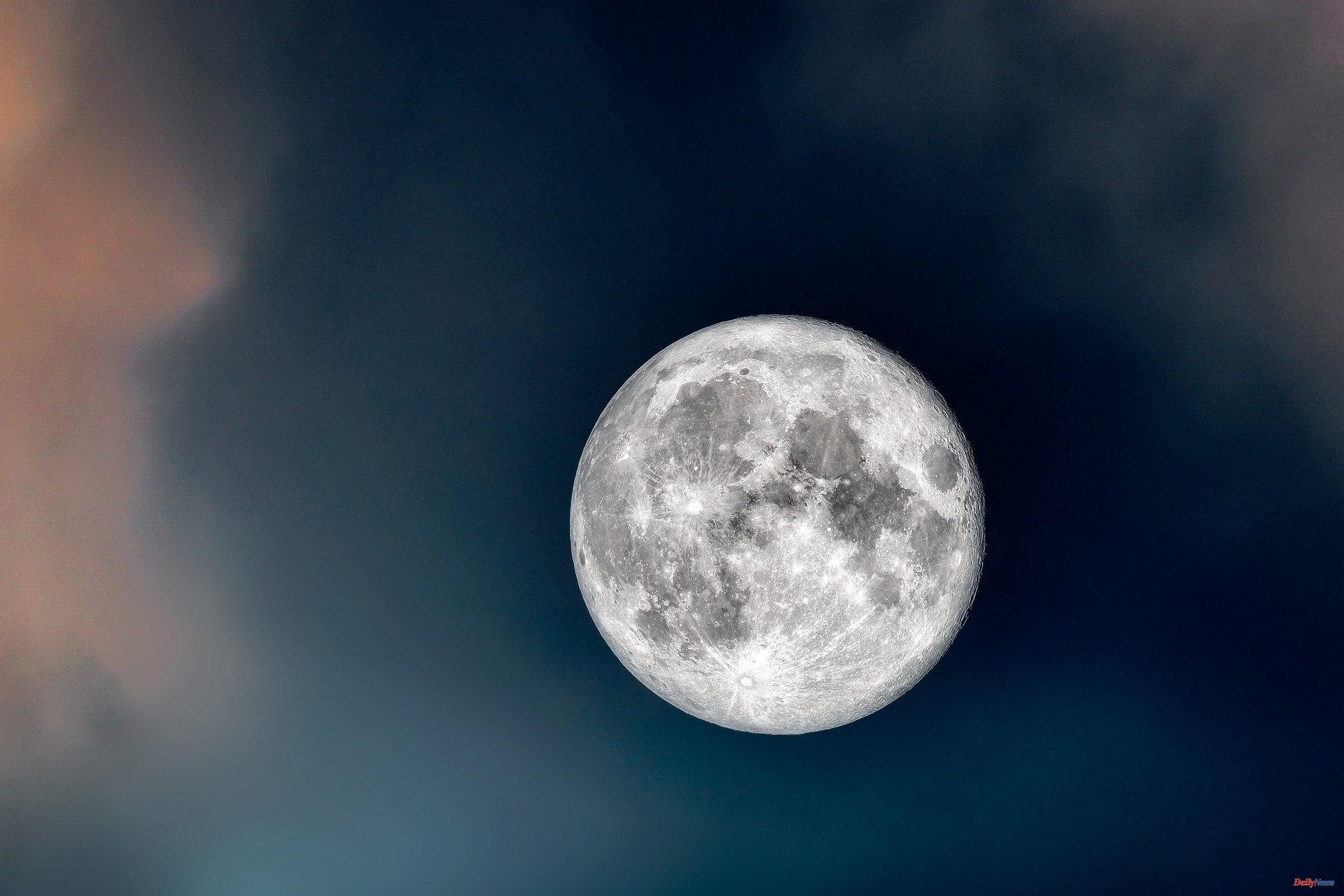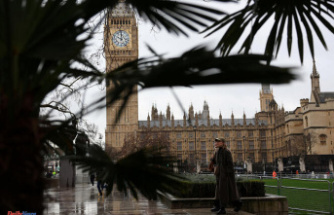Looking at the sky, the month of May brings us the second full moon of spring 2023, the Flower Moon, which is the fifth full moon of the year. It is not the only event of the month for lovers of astronomy, since there are other phenomena on the agenda such as the Eta Aquarids meteor shower.
It should be remembered that 2023 is a somewhat exceptional year regarding full moons. The year has 12 months (a total of 365 or 366 days), so it contains about 12.4 lunations. Thus, depending on the fit of the lunar cycles in the calendar, there can be years in which not 12, but 13 full moons occur. This is what will happen this year, with a lunar doublet in August.
During the course of a month the Moon orbits the Earth once, each cycle passing through four main phases:
As pointed out by the National Geographic Institute (IGN), the dates of the phases of the moon for this May 2023 are:
May also leaves a penumbral lunar eclipse. Lunar eclipses always occur when the Moon is in the opposite direction to the Sun (visible all night) in the full moon phase, so the appointment is on Friday, May 5. It is a pre-umbral eclipse, which occurs when our satellite crosses the periphery of the Earth's shadow. In addition to the fact that this eclipse is often practically imperceptible, this time it will only be visible in Africa, Asia and Australia, although its last moments will be observable from Spain.
During this spring 2023 we are dawning with Saturn as the morning star, which Jupiter joins in mid-May. Afterwards, Mercury will be seen again in the sunsets starting in the second half of this month.
Majo also offers a meteor shower. These are the Eta Aquarids, created by the famous Halley's Comet. The maximum activity of this phenomenon takes place between May 6 and 7. They are bad dates for its observation this year, since they practically coincide with the full moon (May 5).
According to the criteria of The Trust Project












